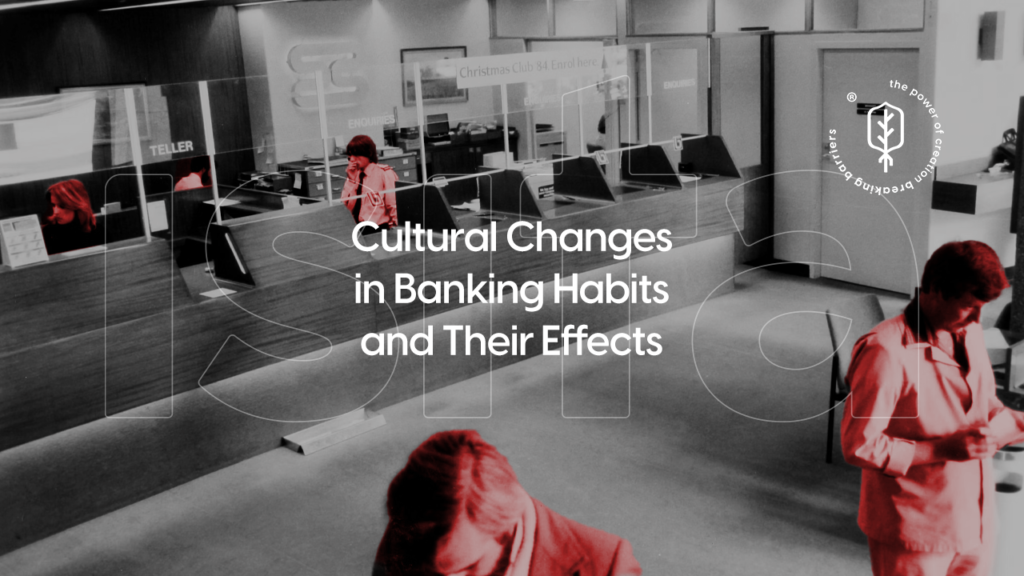In the current economic climate, businesses of all sizes are seeking ways to maximize their IT budgets without compromising on quality or performance.
Cost-effective IT solutions are essential for maintaining operational efficiency, enhancing productivity, and supporting business growth.
This article explores various strategies and technologies that can help you stretch your IT budget further, including cloud computing, open-source software, virtualization, and effective IT management practices.
The Importance of Cost-Effective IT Solutions
Enhancing Operational Efficiency
Implementing cost-effective IT solutions can streamline business processes, reduce downtime, and improve overall operational efficiency. This leads to better resource utilization and increased productivity.
Supporting Business Growth
By reducing IT costs, businesses can allocate more resources towards strategic initiatives and growth opportunities. Cost-effective IT solutions enable companies to scale their operations without incurring significant expenses.
Improving Competitiveness
Efficient IT spending allows businesses to remain competitive by adopting the latest technologies and innovations. Cost savings can be reinvested into developing new products, services, and market expansion.
Strategies for Cost-Effective IT Solutions
Embrace Cloud Computing
Cloud computing offers scalable and cost-effective solutions for businesses looking to optimize their IT infrastructure.
- Scalability: Cloud services allow you to scale resources up or down based on demand, ensuring you only pay for what you use.
- Reduced Capital Expenditure: Moving to the cloud eliminates the need for significant upfront investments in hardware and software.
- Operational Efficiency: Cloud providers handle maintenance, updates, and security, freeing your IT team to focus on strategic tasks.
Leverage Open-Source Software
Open-source software provides powerful and flexible solutions at a fraction of the cost of proprietary software.
- Cost Savings: Open-source software is typically free to use, reducing licensing and subscription fees.
- Flexibility: Access to the source code allows you to customize the software to meet your specific needs.
- Community Support: Open-source communities offer extensive support, documentation, and updates, ensuring the software remains robust and secure.
Implement Virtualization
Virtualization technology enables businesses to maximize the utilization of their existing hardware, reducing the need for additional physical servers.
- Server Consolidation: Virtualization allows you to run multiple virtual machines on a single physical server, optimizing resource usage.
- Cost Reduction: Reducing the number of physical servers lowers power, cooling, and maintenance costs.
- Improved Disaster Recovery: Virtual machines can be easily backed up and restored, enhancing disaster recovery capabilities.
Optimize IT Infrastructure
Optimizing your IT infrastructure can lead to significant cost savings and improved performance.
- Regular Audits: Conduct regular audits of your IT infrastructure to identify underutilized resources and opportunities for consolidation.
- Energy Efficiency: Invest in energy-efficient hardware and implement power management practices to reduce energy consumption.
- Network Optimization: Optimize your network infrastructure to improve performance and reduce bandwidth costs.
Adopt Managed Services
Managed services provide access to expert IT support and management at a predictable cost.
- Cost Predictability: Managed services typically operate on a subscription model, providing predictable monthly costs.
- Expert Support: Access to skilled IT professionals ensures that your systems are maintained and optimized without the need for in-house expertise.
- Focus on Core Business: Outsourcing IT management allows your internal team to focus on core business activities and strategic initiatives.
Technologies for Cost-Effective IT Solutions
Cloud Services
- Amazon Web Services (AWS): Offers a wide range of cloud computing services, including storage, computing power, and database management, on a pay-as-you-go basis.
- Microsoft Azure: Provides scalable cloud solutions, including virtual machines, databases, and AI services, with flexible pricing models.
- Google Cloud Platform (GCP): Offers cost-effective cloud services for computing, storage, and data analytics, with a focus on scalability and performance.
Open-Source Software
- Linux: A powerful and flexible operating system that is free to use and widely supported by a global community.
- Apache: An open-source web server software that is highly customizable and supports a wide range of applications.
- MySQL: An open-source relational database management system that offers robust performance and reliability.
Virtualization Platforms
- VMware: Provides comprehensive virtualization solutions for server consolidation, desktop virtualization, and cloud infrastructure.
- Hyper-V: Microsoft’s virtualization platform that allows you to create and manage virtual machines on Windows servers.
- Proxmox VE: An open-source virtualization platform that integrates KVM hypervisor and LXC containers, offering enterprise-class features.
IT Management Tools
- Nagios: An open-source monitoring system that provides comprehensive monitoring of your IT infrastructure, including servers, applications, and network devices.
- Zabbix: An enterprise-grade monitoring platform that offers real-time monitoring, alerting, and performance metrics for your entire IT environment.
- Ansible: An open-source automation tool that simplifies IT management tasks, including configuration management, application deployment, and orchestration.
Best Practices for Cost-Effective IT Management
Develop a Strategic IT Plan
A strategic IT plan helps align your IT initiatives with business goals and ensures that resources are allocated efficiently.
- Assess Needs: Identify your organization’s IT needs and prioritize projects based on their impact on business objectives.
- Budget Wisely: Develop a budget that accounts for both short-term and long-term IT investments, ensuring that funds are allocated to critical projects.
- Monitor Progress: Regularly review and adjust your IT plan to ensure that projects are on track and delivering the expected benefits.
Automate Routine Tasks
Automation reduces the time and effort required for routine IT tasks, freeing up resources for more strategic activities.
- Configuration Management: Use automation tools to manage system configurations, ensuring consistency and reducing manual errors.
- Patch Management: Automate patch management processes to ensure that systems are up-to-date and secure.
- Backup and Recovery: Implement automated backup and recovery solutions to protect data and ensure business continuity.
Invest in Employee Training
Training your IT staff on the latest technologies and best practices can improve efficiency and reduce costs.
- Skill Development: Provide ongoing training and professional development opportunities to keep your IT team up-to-date with industry trends and technologies.
- Certification Programs: Encourage employees to pursue relevant certifications, enhancing their expertise and value to the organization.
- Knowledge Sharing: Foster a culture of knowledge sharing and collaboration, ensuring that best practices are disseminated across the team.
Monitor and Optimize Performance
Regularly monitoring and optimizing your IT systems can help identify inefficiencies and reduce costs.
- Performance Metrics: Track key performance metrics to identify areas for improvement and ensure that systems are operating efficiently.
- Capacity Planning: Monitor resource usage and plan for future capacity needs to avoid over-provisioning or under-provisioning.
- Cost Analysis: Conduct regular cost analyses to identify opportunities for cost savings and ensure that IT investments are delivering value.
Implement Robust Security Measures
Investing in robust security measures can prevent costly data breaches and ensure compliance with regulatory requirements.
- Access Control: Implement strict access control policies to protect sensitive data and systems from unauthorized access.
- Encryption: Use encryption to protect data both in transit and at rest, ensuring that it remains secure.
- Regular Audits: Conduct regular security audits to identify vulnerabilities and ensure that security measures are up-to-date.
Case Studies: Successful Cost-Effective IT Solutions
Dropbox
Dropbox, a leading cloud storage provider, transitioned from on-premises servers to a hybrid cloud infrastructure. This move allowed them to reduce operational costs, improve scalability, and enhance disaster recovery capabilities. By leveraging cloud services, Dropbox was able to optimize resource utilization and support rapid business growth.
Netflix
Netflix, a global streaming service, migrated its infrastructure to Amazon Web Services (AWS). This shift enabled Netflix to scale its operations efficiently, reduce downtime, and deliver a seamless streaming experience to millions of users worldwide. The pay-as-you-go pricing model of AWS allowed Netflix to manage costs effectively while supporting high traffic volumes.
Reddit, a popular online community, adopted open-source software and cloud solutions to manage its rapidly growing user base. By leveraging open-source technologies like Linux and PostgreSQL, Reddit was able to reduce licensing costs and maintain high performance. The use of cloud services provided the flexibility to scale resources based on demand.
Conclusion
Cost-effective IT solutions are essential for businesses looking to maximize their budgets while maintaining high levels of performance and reliability.
By embracing cloud computing, leveraging open-source software, implementing virtualization, and optimizing IT infrastructure, organizations can achieve significant cost savings and operational efficiencies.
Adopting managed services, automating routine tasks, and investing in employee training further enhance the cost-effectiveness of IT operations. Real-world case studies demonstrate the success of these strategies in delivering value and supporting business growth.
Ultimately, cost-effective IT solutions enable businesses to stretch their budgets further, invest in strategic initiatives, and stay competitive in an ever-evolving technological landscape.



